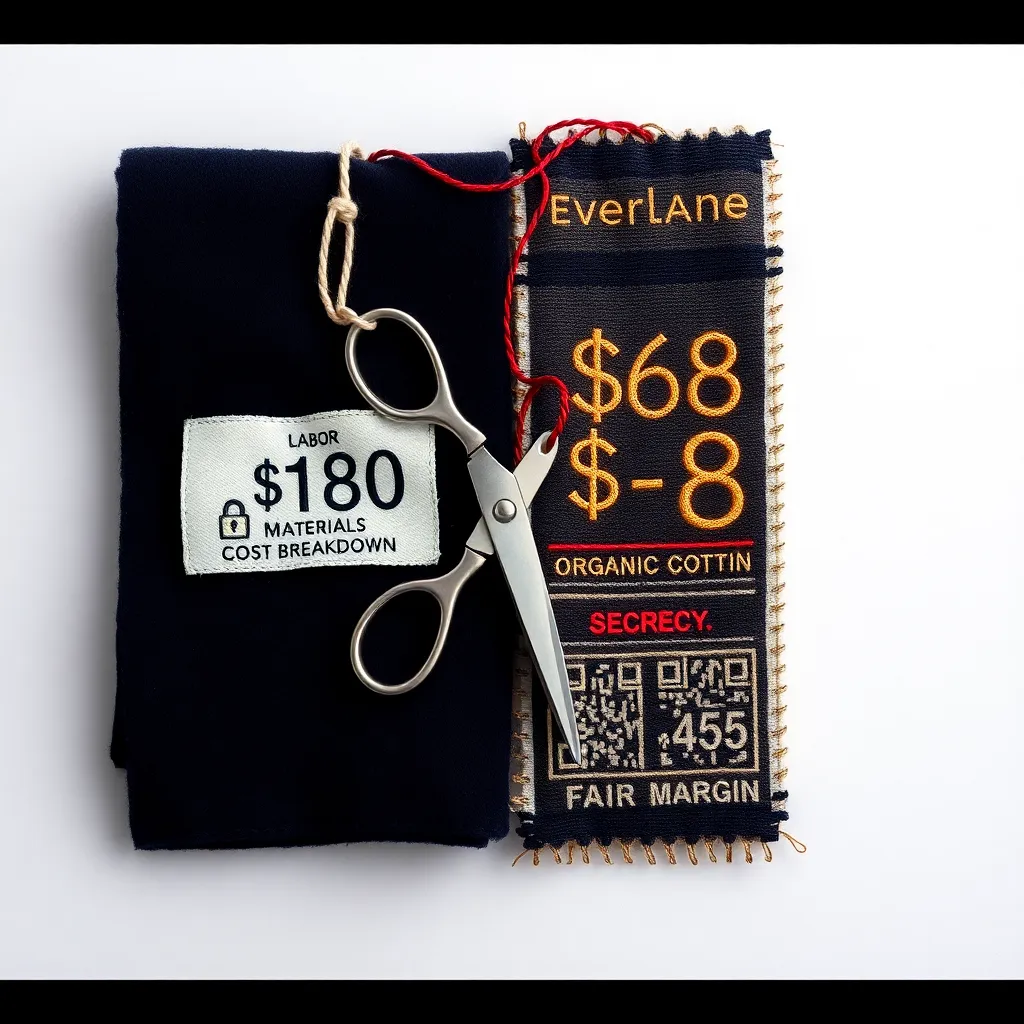Everlane’s Radical Transparency: The Power of Honesty in Business

In 2010, Michael Preysman, at just 27 years old and with no background in fashion, asked a question that would challenge the entire industry: What if a brand revealed exactly how much it costs to make each item, how much they charged for it, and why?
At the time, the fashion industry thrived on secrecy, consumers didn’t question the steep markups, and brands pretended their inflated prices were justified. But Preysman, with his fresh perspective, decided to turn that convention on its head. He founded Everlane with a radical idea: transparency.
Everlane’s first bold move was simple yet revolutionary, showing customers exactly how much it cost to produce each item, from the cost of materials and labor to transportation and overhead. They didn’t stop there. Everlane went a step further, revealing the faces behind their factories. Photos, stories, real names. These were the people who made your clothes. This wasn’t just about pricing, it was a story about people, processes, and purpose.
The fashion world, which had long relied on mystery to maintain its appeal, was forced to confront this bold new approach. The risks were clear. Industry experts predicted disaster. Customers would be outraged, they said. Everlane would lose the luxury mystique that high-end brands relied on. But to everyone’s surprise, the opposite happened.
Consumers didn’t just accept Everlane’s transparency, they embraced it. The honesty struck a chord. People felt connected to the process, empowered by knowing where their money was going. Instead of the typical glossy ads and high-profile endorsements, Everlane built its reputation on something far more profound: integrity.
Sales surged, with products often selling out within hours of being released. Waitlists grew to staggering numbers, some stretching to 70,000 names. By 2016, Everlane’s revenue had surpassed $100 million, and the company was growing at a rate of 200% year-over-year. The results were undeniable: transparency worked.
Everlane launched at a time when trust in traditional institutions was at an all-time low. The 2008 financial crisis had left consumers skeptical and searching for brands they could believe in, companies that offered more than just a product, but a sense of authenticity and honesty. Everlane’s radical transparency filled that void. It wasn’t just about showing costs; it was about showing people what a business truly stands for.
Rather than competing on design trends, celebrity endorsements, or flashy marketing campaigns, Everlane offered something more valuable: a product they could stand behind, a company they could trust. And in a world where consumers are increasingly wary of being manipulated by price hikes and empty promises, this became Everlane’s greatest differentiator.
The impact of this transparency extended far beyond just the products themselves. It transformed price into a story. For most brands, the price tag is just a number, a necessary evil. But Everlane’s pricing told a compelling narrative. Every price tag was an explanation, a justification, a story. It wasn’t just about paying for a shirt; it was about understanding exactly what that shirt cost to make, where the materials came from, how it was manufactured, and who was behind it.
This approach didn’t just challenge the way consumers viewed pricing; it made them think differently about value. Value isn’t just about what you get, it’s also about what you’re not being tricked into paying for. Everlane didn’t just sell clothing, they sold transparency. And in an era where consumers are more educated, more connected, and more skeptical, that became Everlane’s strongest asset.
By placing transparency at the heart of its business model, Everlane didn’t just create a new approach to pricing, it reinvented the concept of trust. And in doing so, it proved that in today’s marketplace, honesty isn’t just a competitive edge, it’s the future of business.
So, could this approach work outside of fashion? The answer likely lies in a business’s willingness to make transparency a core value, not just a marketing tactic. It’s about making openness a guiding principle in every decision, every process, and every customer interaction. In a world increasingly driven by skepticism, the brands that are truly transparent will be the ones that thrive.